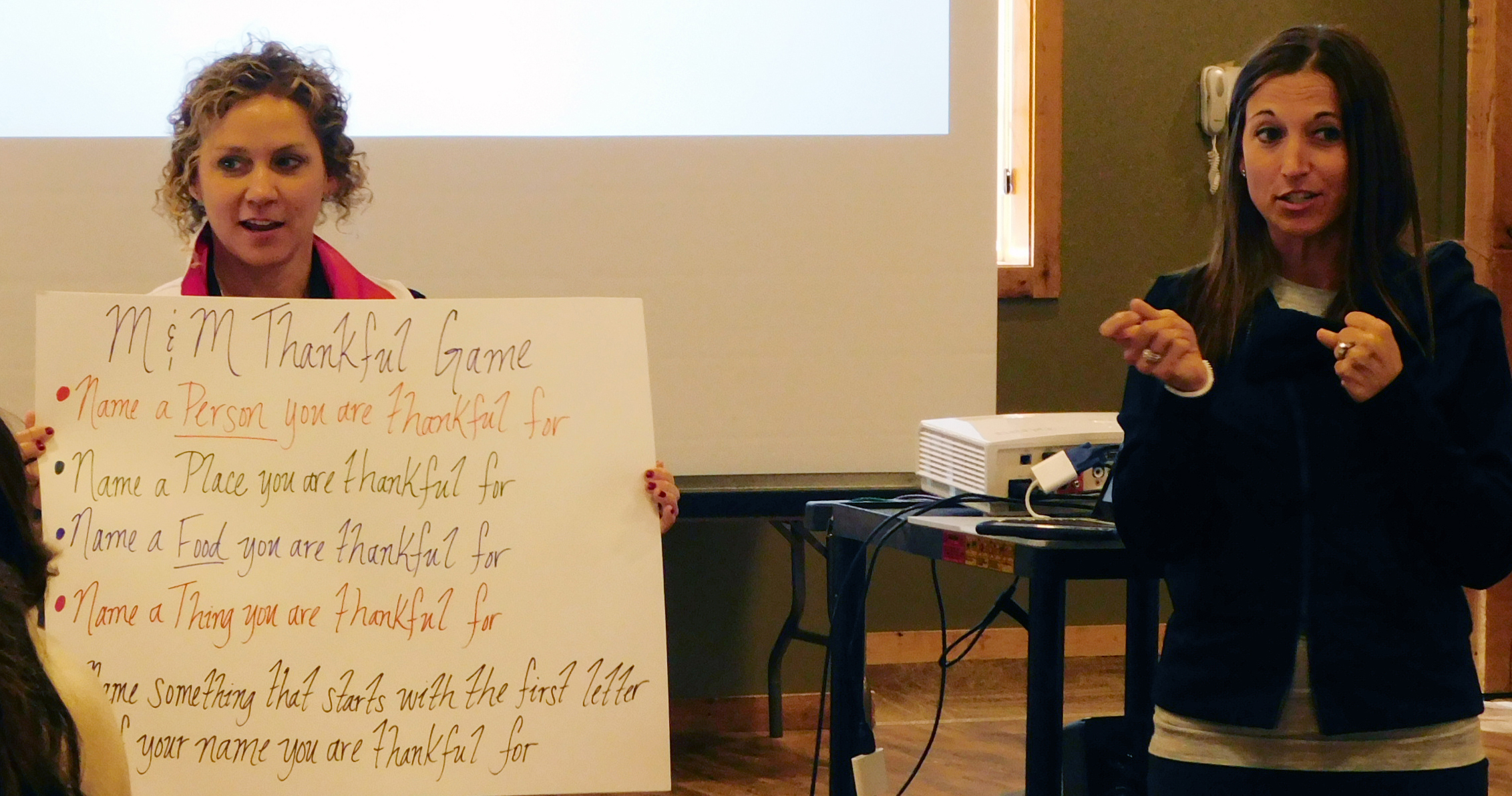Children, Families, and the Law, Center on

Center on Children, Families, and the Law: Faculty Publications
Regulation, Subsidy Receipt and Provider Characteristics: What Predicts Quality in Child Care Homes?
Document Type
Article
Date of this Version
2005
Abstract
Far less is known about predictors of quality for family child care homes than for child care centers. The current study of 120 randomly-selected family child care providers in four Midwestern states examined distal, state policy-level variables (family child care regulations and the concentration of children cared for who received public child care subsidies, referred to as subsidy density), and proximal, provider-level variables (providers’ level of education and reported annual training hours) as influences on global quality and caregiver sensitivity. More regulation, lower subsidy density, higher levels of provider education and more training hours were associated with higher global quality in family child care homes. Lower subsidy density and higher provider education were associated with more sensitive caregiving, but no effects on sensitivity were observed for regulation and training hours. An interaction effect indicated that regulation moderated the relation between education and sensitivity; education was especially important for sensitive caregiving among providers low in regulation. In addition, after including all predictor variables in the model, significant mean differences between states were noted. Findings demonstrate that both policy-level variables and provider characteristics influence quality in family child care homes, and further, that they may interact to affect observed child care quality. Implications for state child care policies are discussed with emphasis on implications for quality of care for low-income children whose tuition is paid by public child care subsidies.


Comments
Published in Early Childhood Research Quarterly 20:2 (2nd Quarter 2005), pp. 164-184; doi 10.1016/j.ecresq.2005.04.006 Copyright © 2005 Elsevier Inc. Used by permission. http://www.sciencedirect.com/science/journal/08852006